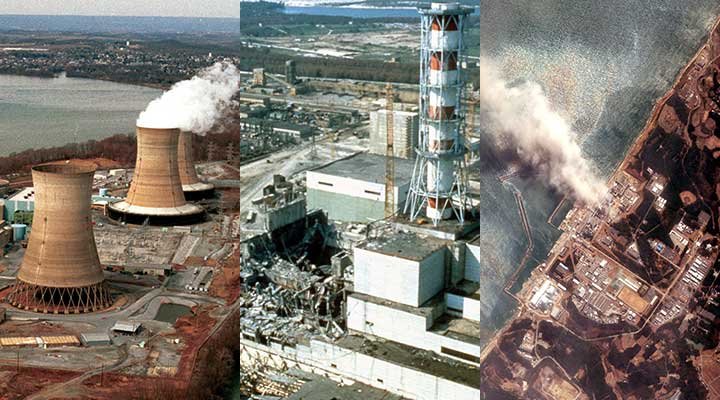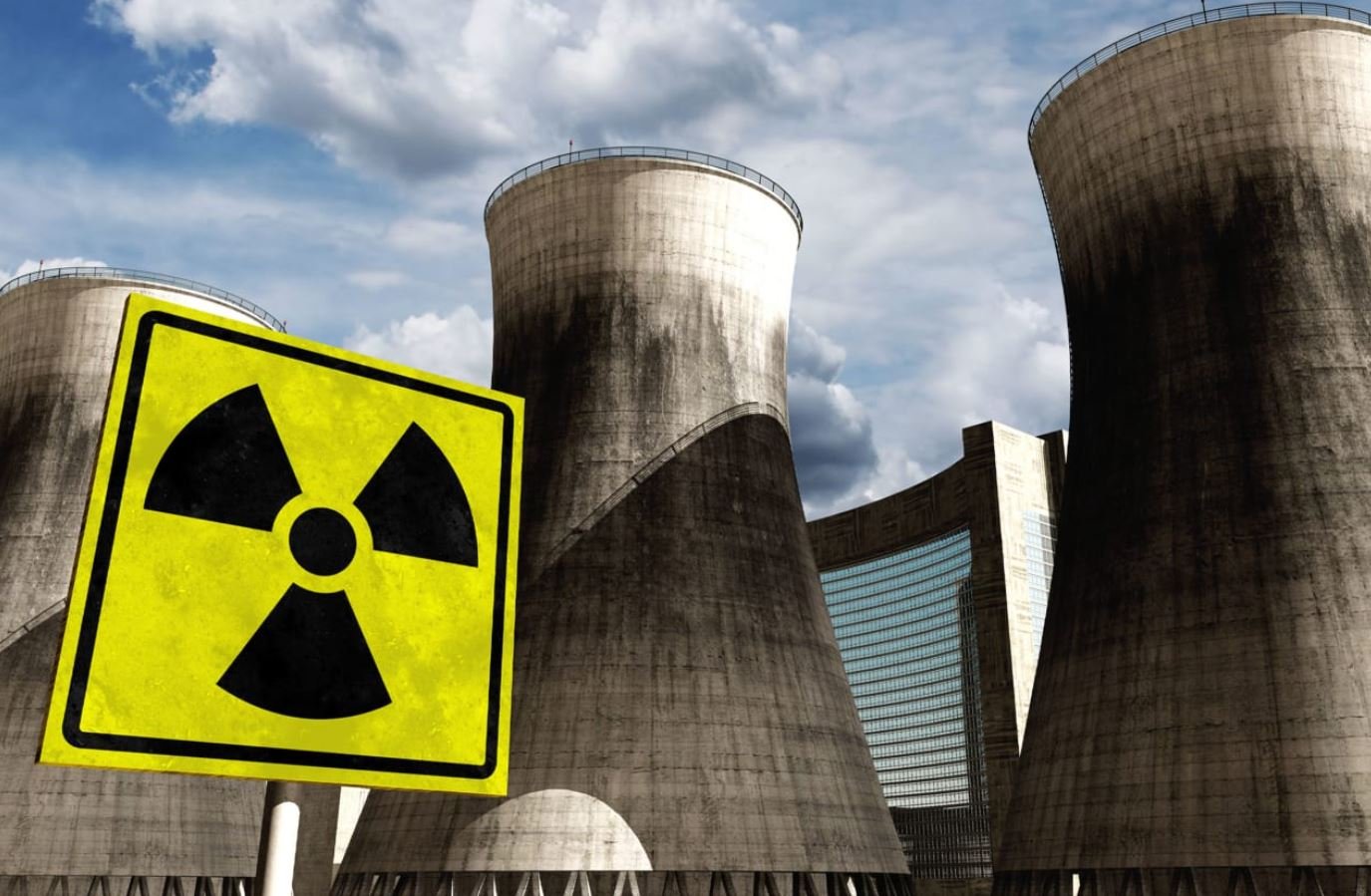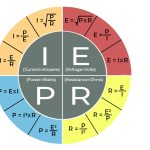Nuclear energy is a type of energy obtained from the nucleus of the atom. It is related to the formula E=mc² belonging to Albert Einstein, which expresses the conversion of mass into energy.
After the accident at the Chernobyl nuclear power plant, the effects of nuclear energy began to be known all over the world.
So what is this nuclear energy? Why is nuclear energy used and is it really necessary to use nuclear energy? Let’s examine it together.
What is Nuclear Energy?
Nuclear energy is the release of the energy stored in the nucleus of the atom, the smallest part that makes up all matter in the universe. The mass of an atom is normally concentrated at the center of the nucleus. The nucleus consists of two subatomic particles: neutrons and protons. The bonds that hold atoms together provide large amounts of energy.
Nuclear reactors are used to release forced nuclear energy and convert it into other types of energy.
Nuclear energy is produced by one of three nuclear reactions:
- Fusion: The joining reaction of atomic particles.
- Fission: The forced splitting of the atomic nucleus.
- Halving: The nucleus breaks apart and becomes more stable. It can also be defined as natural (slow) fission (nuclear disintegration).
Nuclear Fusion
Fusion of nuclei is not as easy as it seems. In fact, the nuclei are positively charged and therefore repel each other as they approach each other. These nuclei can come together if they move at a speed high enough to overcome the repulsion between them. This may occur if the temperature is very high (about 10 K). At this temperature, the electron of the hydrogen atom is completely separated and hence we get a bare nucleus and a free electron.

The process by which two or more light nuclei combine (or fuse) to form a heavy nucleus and release energy is said to be nuclear fusion. According to Hans Bethe, the source of the energy of the Sun and other stars is thermonuclear or nuclear fusion reactions.
When Tritium (1H3) fuse with deuterium (1H2), the following products are formed:
1H3 + 1H2 → 2He4 + 0n1 + 17.6 MeV
This fusion is shown in the figure above:
Nuclear Fission
Otto Hahn and Strassman found that uranium-235, when bombarded by a neutron, splits into two relatively lighter nuclei. This process was called nuclear fission. During the fission of uranium, a large amount of energy is released while fission products are formed and two to three neutrons are also released.
Nuclear fission of 92U235 when bombarded with a slow neutron (known as thermal neutron) is given below:
92U235 + 0n1 → 56Ba141 + 36Kr92+ 3 0n1 + Energy
The energy released per fission of 92U235 (an isotope of uranium) is about 200 MeV. This fission is represented in the figure below:

Difference Between Nuclear Fission and Nuclear Fusion
|
Nuclear Fission |
Nuclear Fusion |
|---|---|
|
1. In nuclear fission, a heavy nucleus splits up into lighter nuclei. |
1. In a nuclear fusion, light nuclei combine together to form a heavy nucleus. |
|
2 In nuclear fission, harmful nuclear radiation is emitted. |
2. In a nuclear fusion, no harmful radiation ae emitted |
|
3. A nuclear fission starts when a slow neutron |
3. A nuclear fusion starts when light nuclei are heated at an extremely high temperature, bombards the heavy nucleus (like Uranium-235). |
|
4. Nuclear fission is a chain reaction i.e. it multiplies very fast |
4. Nuclear fusion is not a chain reaction |
|
5. Nuclear fission reactions can be controlled to produce electricity. |
5. Nuclear fusion reactions are still uncontrolled and cannot be used to produce electricity. |
|
6. Nuclear fission reactions produce a large amount of energy |
6. Nuclear fusion reactions produce nuclear fission much more energy. |
|
7. Temperature plays no role to start a nuclear fission reaction |
7. Temperature of the order of 10 K is required to start a nuclear fusion reaction. |
|
8. By-products of nuclear fission are radioactive and emit harmful radiation. |
8. By-products of nuclear fusion are not radioactive and hence do not emit harmful radiation. |
|
9. Nuclear fission causes more pollution |
9. Nuclear fusion causes no pollution. |
|
10. In nuclear fission, the disposal of nuclear waste is a big problem. |
10. In a nuclear fusion, no such problem is there. |
Nuclear Accidents in History

It is known that there have been 4 nuclear power plant accidents that were large enough to harm the environment so far. While it is said that the first 2 of these did not cause any harm to the environment with the precautions taken, the 3rd Chernobyl Disaster is known to have caused great damage to nature and people, and the 4th Fukushima Disaster is stated to exceed the Chernobyl Disaster in terms of danger level.
Windscale fire
Windscale accident that occurred in Scotland in 1957; Although some radiation was spread around the reactor in this accident, no incident resulting in death or acute radiation sickness occurred.
Three Mile Island accident
Three Mile Island accident that occurred in the USA in 1979; A normal operating malfunction turned into an accident due to equipment loss and operator error, but although a partial reactor core melting occurred, it was said that there was no serious radiation leakage to the environment, thanks to the concrete protective shell surrounding the reactor.
Chernobyl disaster
It was observed that the Chernobyl reactor accident, which occurred in Ukraine in 1986, caused more damage. Causes of the accident; It can be summarized as the sudden increase in power in the reactor as a result of the operators conducting experiments in the power plant in violation of the safety legislation, the formation of excessive pressure in the reactor, and the failure to build a concrete protective shell that should surround the reactor, contrary to the in-depth safety principle in the design of the power plant.
Fukushima Nuclear Accident
Fukushima Nuclear Power Plant accident that occurred in Japan in 2011; It occurred after the 2011 Tōhoku earthquake and tsunami, which had a magnitude of 9.0 on March 11. This earthquake, which occurred off the coast of Honshu island, caused a huge tsunami in Japan. The tsunami caused great damage to Japan and caused malfunctions in nuclear power plants.




